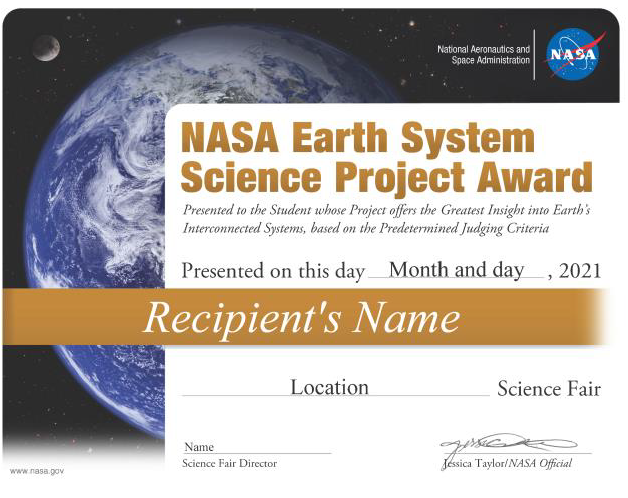NASA Earth Observations (NEO) strives to make global satellite imagery as accessible as possible. Here you can browse and download imagery of satellite data from NASA's constellation of Earth Observing System satellites.
Educational Resources - Search Tool
Many of our archived lessons date back to as early as 2004 when our learning community first formed and unfortunately contain links to content that is no longer updated or exist. Please note that some of these have been updated, and we continue to update them. Please check ou
Remember to never look directly at the Sun without proper safety equipment.
What is a solar eclipse?
The Earth's system is characterized by the interaction of processes that take place on molecular (very small) and planetary (very large) spatial scales, as well as on short and long time scales. Before scientists may begin their work with these data, it is important that they understand what the data are.
Scientists and engineers develop the procedures for their research and then carry out their investigations in a variety of environments (i.e., in the lab, outdoors, with others, as well as independently). They must plan in advance their criteria for the data they wish to collect, the condit
Background information on sea level.
Science educators strive to engage students in authentic investigations that have students analyze data in order to derive meaning. MND provides unlimited opportunities to engage students in data analysis using Earth System data.
Tips for engaging students in research projects.
In Earth System Science, underling factors affecting observable phenomena can be difficult to identify and describe. The Iceberg Diagram diagram uses the metaphor of an iceberg to demonstrate the idea of visible vs hidden as it relates to Earth science phenomena. This teaching strategy helps students to see beyond the obvious and to develop their awareness of the underlying causes, relationships, and/or conditions that can contribute to phenomenological events. It also provides a framework for digging deeper into phenomena-driven lessons in Earth Science.





 Grade Band
Grade Band
